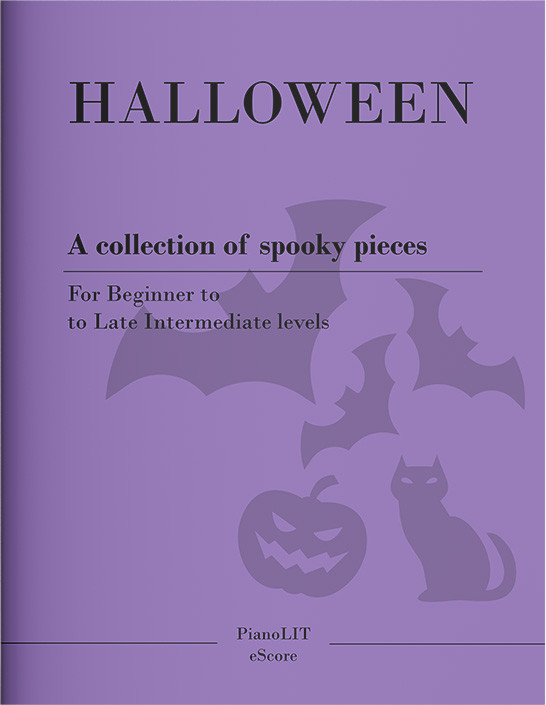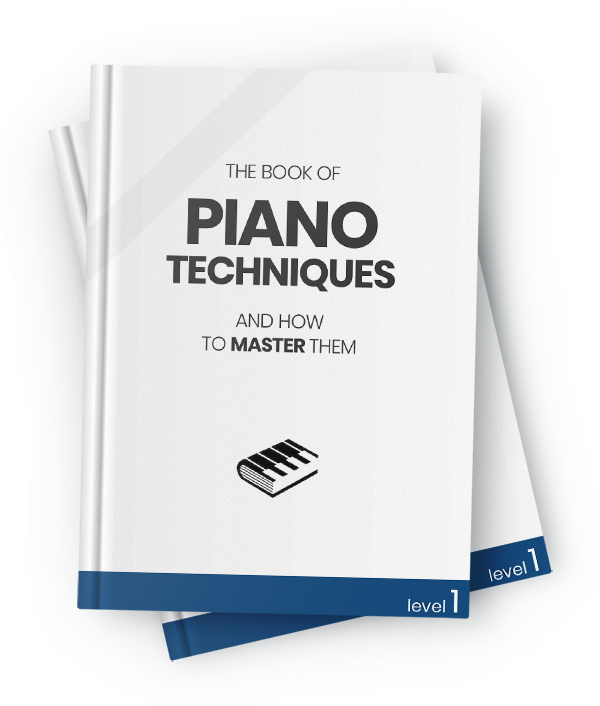All you need to know about Preludes
The word ‘Prelude’ comes directly from the Latin praeludere – "to play beforehand". And that, for several centuries, was its function.
Jun 9, 2019 • 7 min read
12045

Want a heads up when a new story comes out?
Let's start with the definition from The Oxford Dictionary Of Music:
Prelude: [from the Latin praeludere, to play beforehand] A piece of music which precedes something else, e.g. preceding a fugue; forming the first movement of a suite; orchestral introduction to opera. Also a self-contained short piece for pianoforte, as those by Chopin, Rachmaninov, Debussy, etc.
As well defined above, a Prelude is a brief musical composition generally played as an introduction to another larger more substantial work, i.e. fugue, sonata, a suite of dances or a collection of pieces. Other than this first type of connected-prelude, there's a second type of independent-prelude which does not serve as an introduction but it's rather a self-contained piece exploring a particular mood.
Other forms like toccata, ricercar, fantasia, arpeggiata, entrada, are virtually identical in style and function to the Prelude. They usually feature virtuosity, rhythmic freedom, and loose thematic construction, to a level that is mostly believed that they were usually improvised, particularly when serving as a preludial function.
Although commonly associated with a solo performance, the Prelude has also its place in an ensemble, orchestral work or opera.
The Preludes of Bach
Bach largely used the Prelude form, with him it grew to greater autonomy than was warranted by its name. Throughout his life, he wrote connected and independent preludes, some of these works include:
Connected Preludes
- Preludes from the Well-tempered Clavier
- Preludes from the English Suites
- Organ Chorale Preludes
- Organ Preludes and Fugues
Independent Preludes
- Organ Preludes
- 15 Preambula
- Twelve Little Preludes
The Preludes of Chopin
Chopin wrote 26 independent preludes (plus 1 posthumous), not coupled with a fugue or a larger composition. They all date from his mature years as a composer, and all were written in a seven-year span. These works are preludes to nothing in particular, except themselves. Together they create a variety of moods, each conveying a specific idea or emotion, which belongs to the Romantic sentiment.
Twenty-four Preludes Op.28
These compositions are a set of short pieces for the piano, one in each of the twenty-four keys, originally published in 1839. The clear inspiration for his work is Bach's Well-tempered Clavier even thought his set comprises a complete cycle of the major and minor keys with a different ordering. Whereas Bach had arranged his collection according to keys separated by rising semitones, Chopin's chosen key sequence that of a circle of fifths, with each major key being followed by its relative minor, and so on (i.e. C major, A minor, G major, E minor, etc.). The cycle was probably conceived as a single performance entity for a continuous recital.
Prelude in C sharp minor, Op.45 No.25
This Prelude was composed in 1841, dedicated to Princess E. Czernicheff. It begins with a gentle, melancholic theme and features widely extending basses and highly expressive and effective chromatic modulations over a rather uniform thematic base.
Prelude in A flat
The untitled Presto con leggierezza in A♭ major was composed in 1834 as a gift for Pierre Wolff. Known as Prelude No. 26, the piece is very short and generally bright in tone.
Prelude in E-flat minor
This last prelude was left unfinished by the composer who seems to have discarded it. It has been revived and subtitled "Devil's Trill" by Jeffrey Kallberg, a professor of music history at the University of Pennsylvania. Kallberg gave it this nickname for its similarities to Giuseppe Tartini's violin sonata known as The Devil's Trill. The composer was likely an influence on Chopin. The prelude had its first public performance in July 2002.
The Preludes of Debussy
Like Bach, Debussy employed two forms of the prelude:
Connected Preludes
- Suite Bergamasque
- Suite Pour le Piano
In both suites, the Prelude function as an introductory piece, the one that sets the mood and prepares the audience for what's to follow.
Independent Preludes
- Twelve Preludes Book I
- Twelve Preludes Book II
Here Debussy followed the example set by Chopin, of a complete and independent work. To the form, Debussy added a multitude of complex ideas without losing the essential characteristic of brevity.
Other notable Preludes
The prelude form has evolved in the years and has been adopted by many notable composers with incredible results. We will cite only a few of them to give you an even broader idea of where the form stands today.
- 10 Preludes Op. 23 by Rachmaninoff
- 24 Preludes, Op. 11 by Scriabin
- Suite for piano, Op. 25 by Schoenberg
- 25 Preludes, Op. 31 by Alkan
- 24 Preludes and Fugues, Op. 87 by Shostakovich
•••
We close this post with a contemporary artist, Timothy Brown, and his set of independent Preludes, which are a great way to experience the lyrical qualities and stylistic aspects of the Romantic period. This collection, similar to Chopin's Op.28, is conceived as a single performance entity for a continuous recital.


